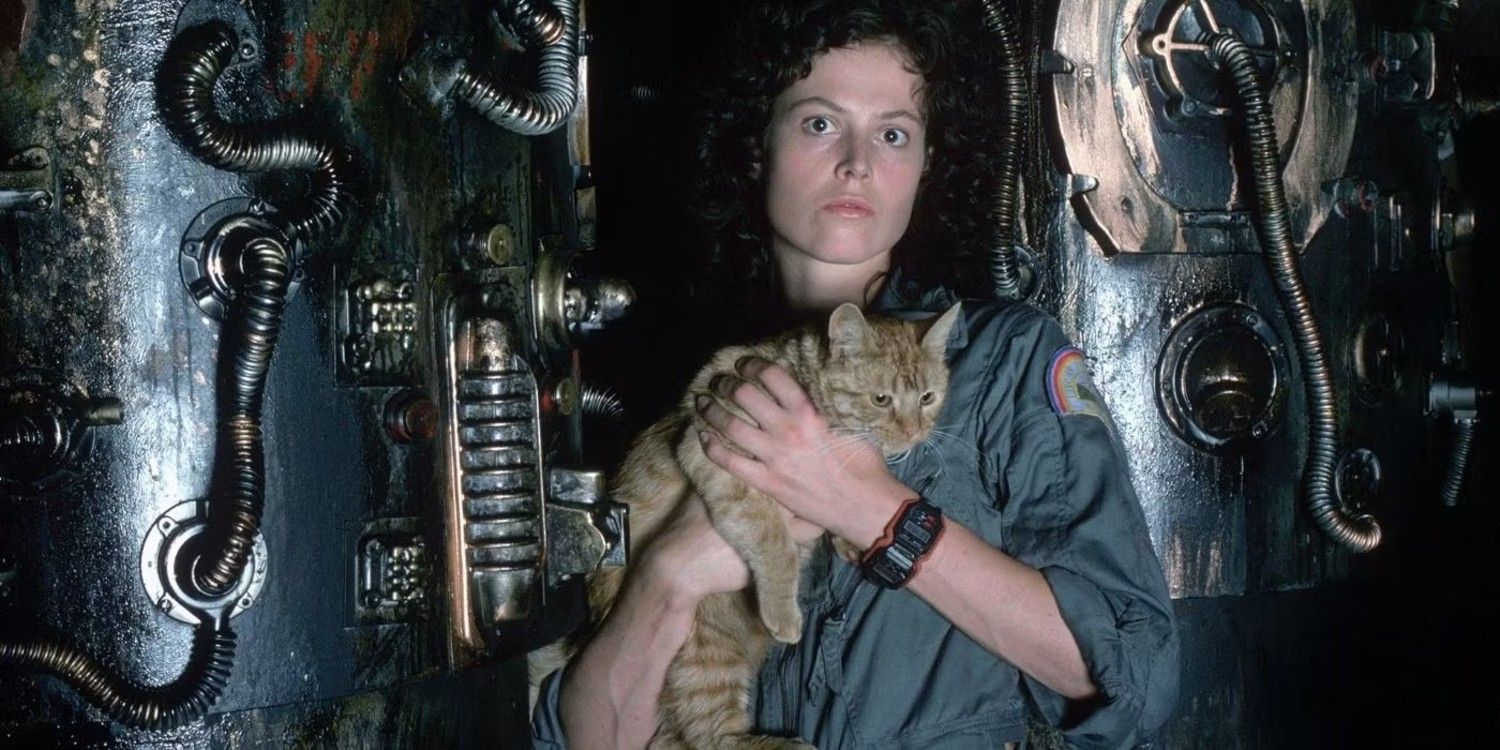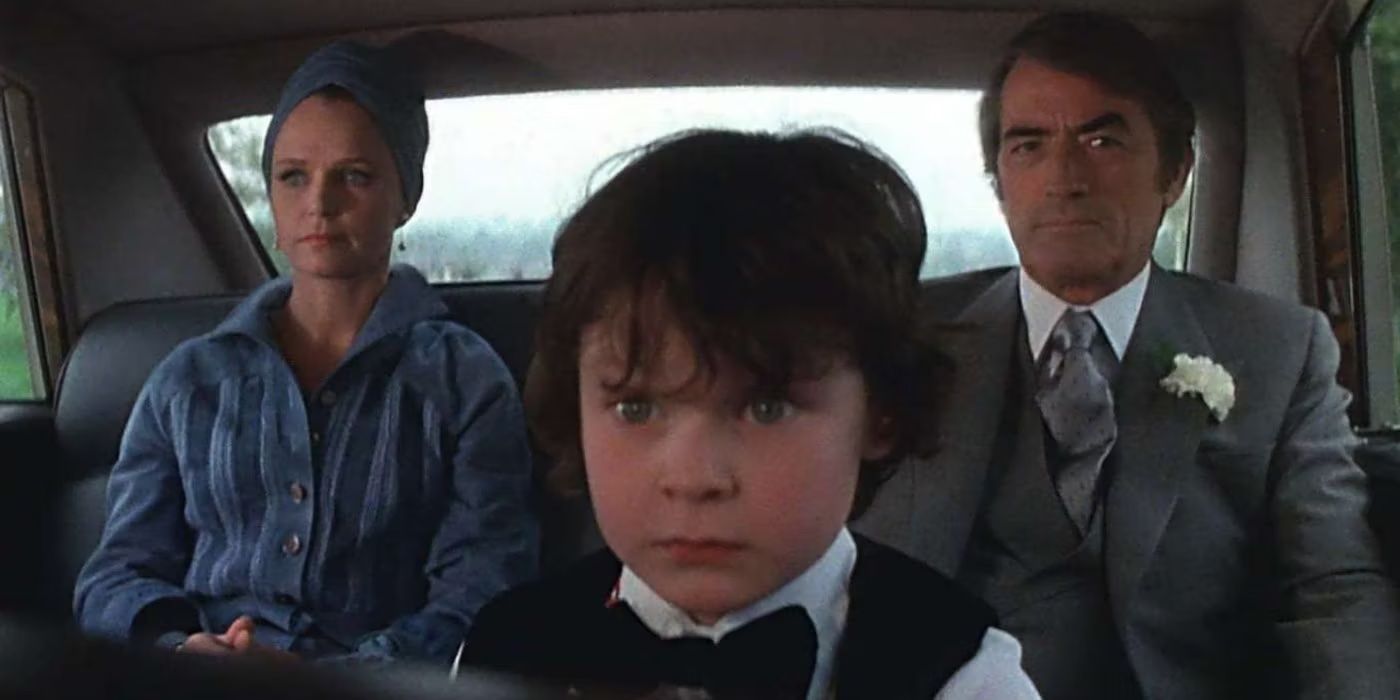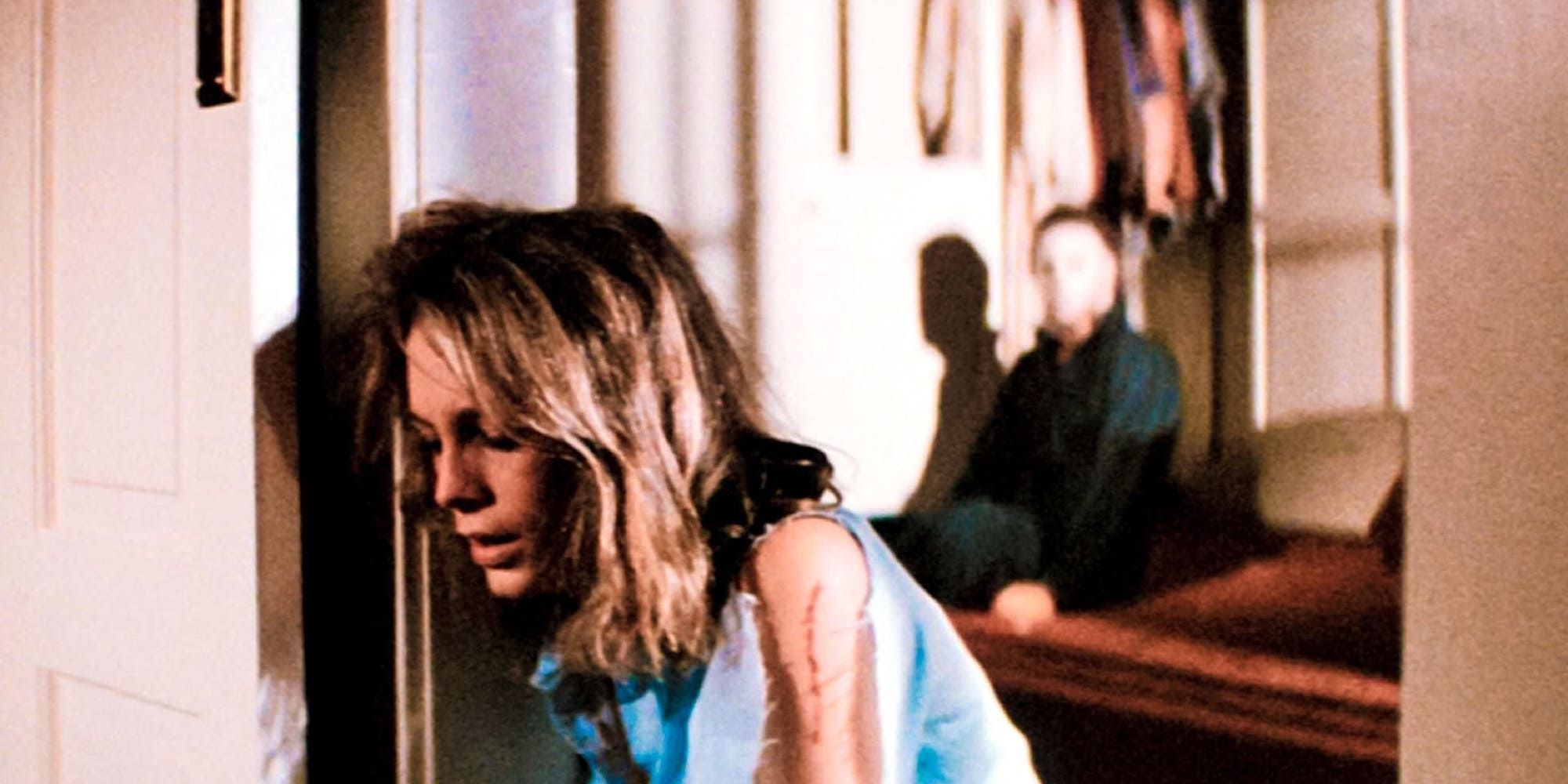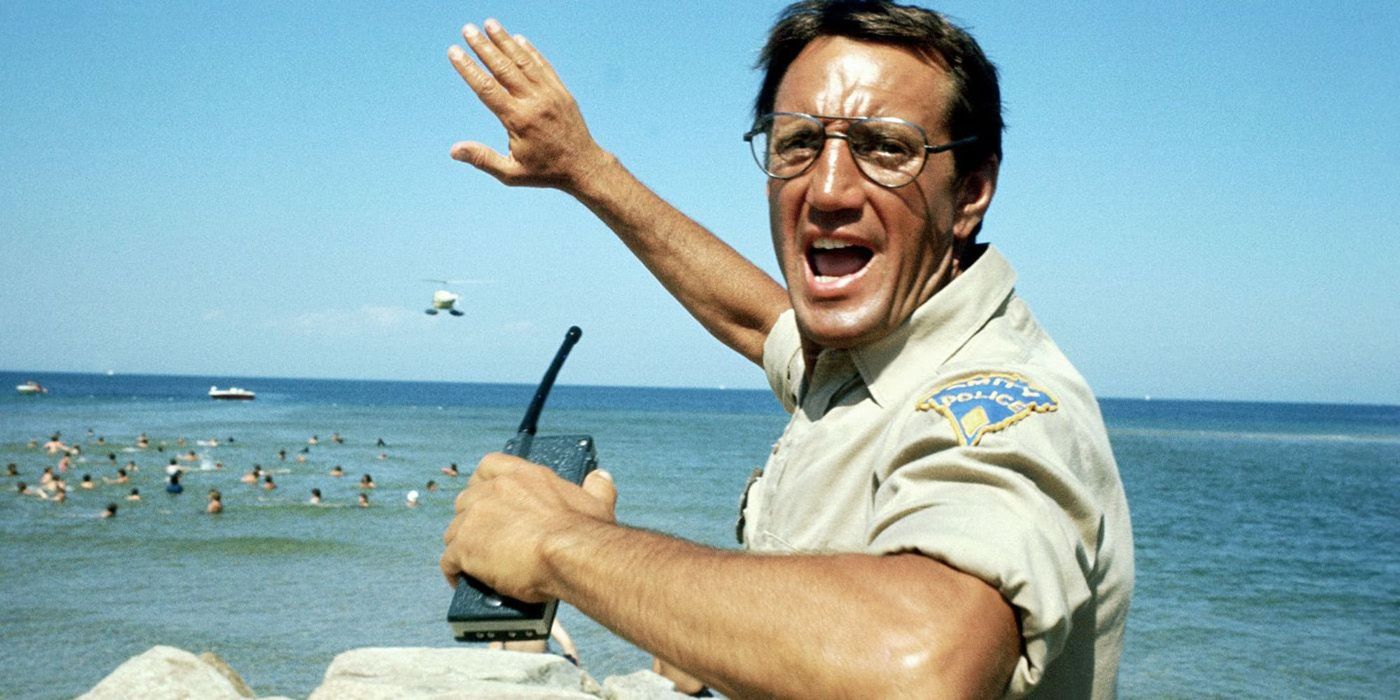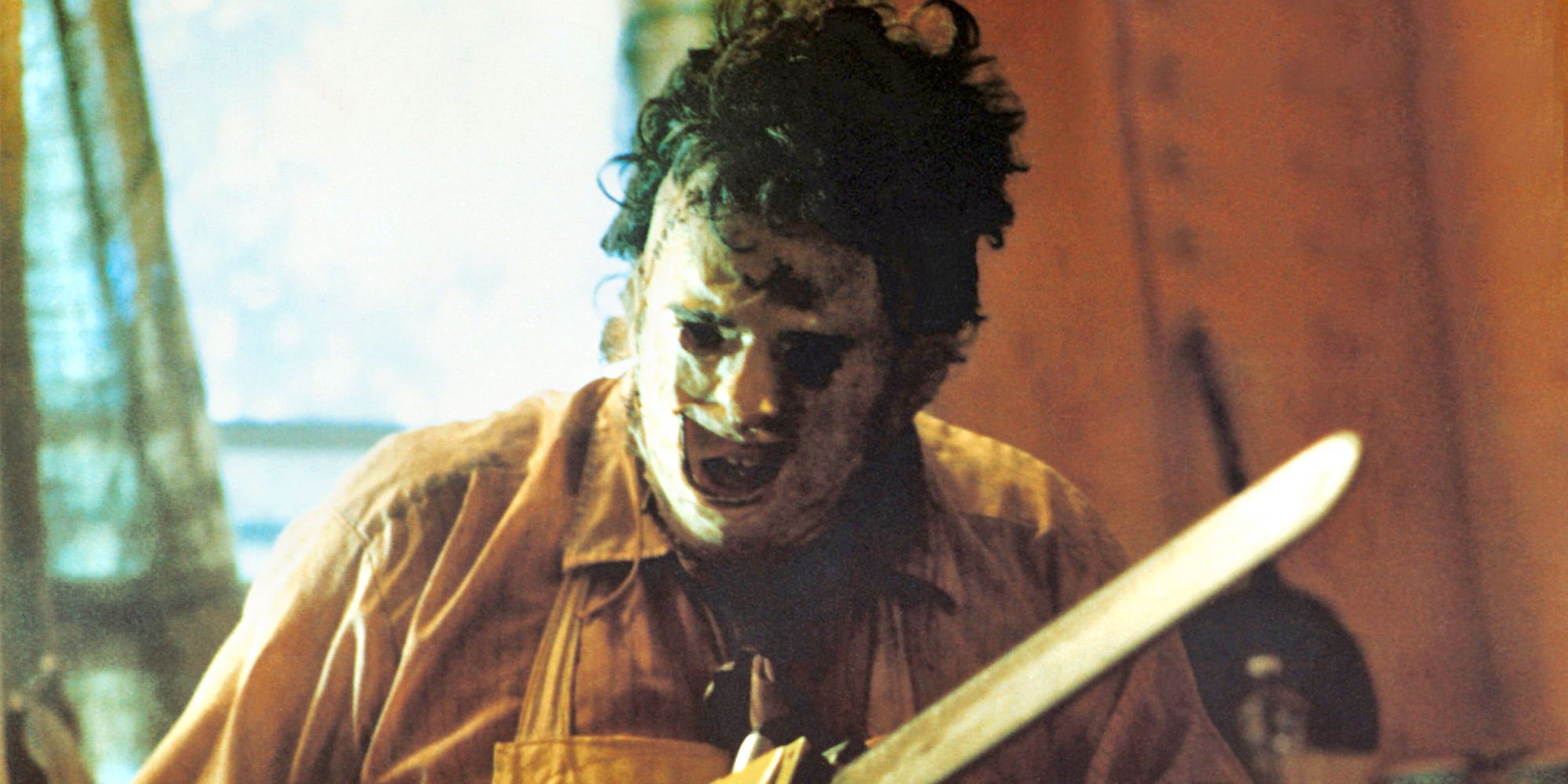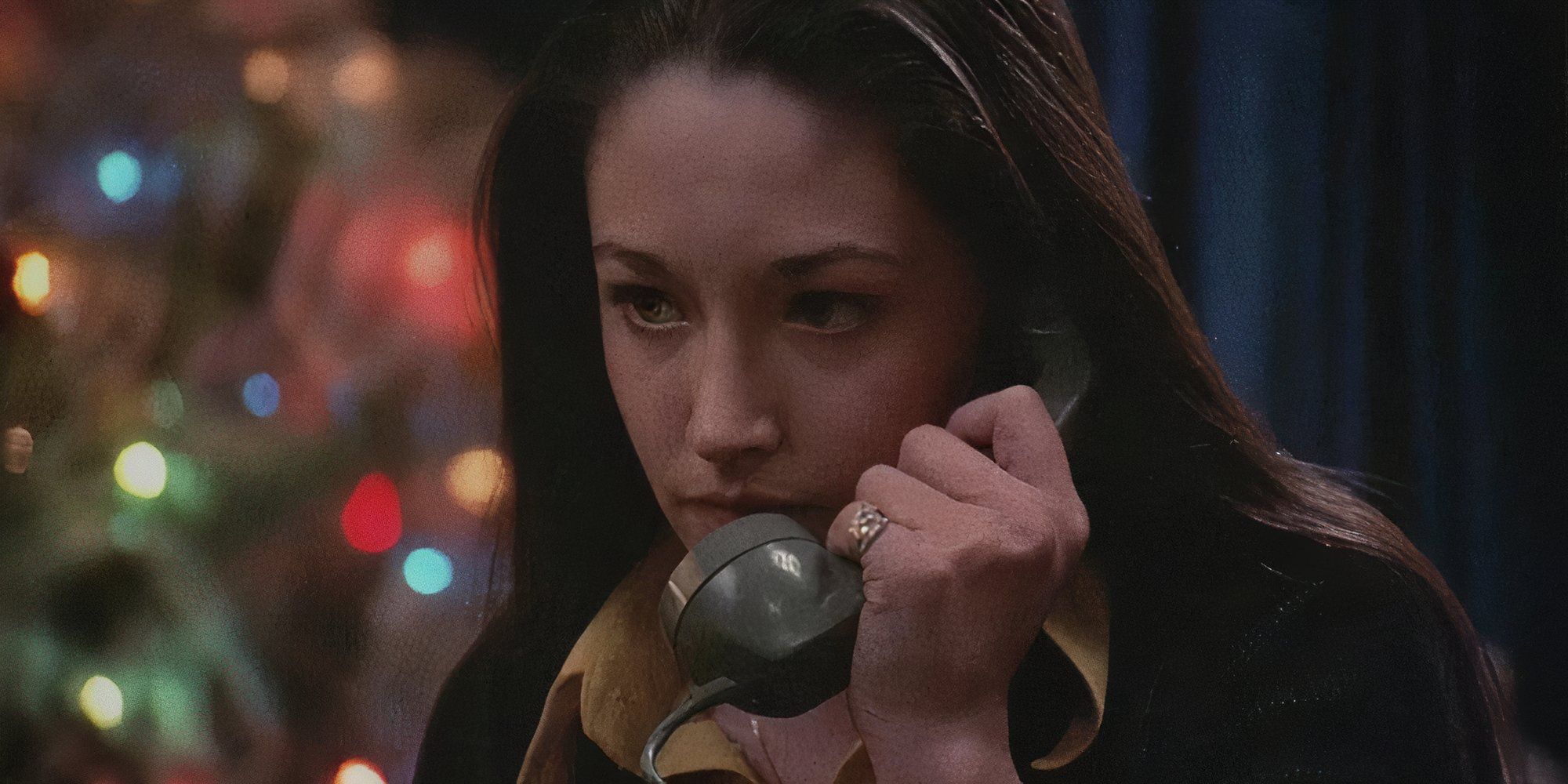
The 1970s were a great, if not a defining, decade for horror. It was a time of some of the biggest cult classics, which are now a template for all other features in the genre (and various subgenres). From folk to supernatural and slasher horror, the genre (and its subgenres) bloomed in this decade. The directors of most of these cult films surely weren’t aware they were making a future classic, but that’s part of the beauty – doing it out of love instead of for fame is often what drives horror filmmakers to create.
For anyone just getting into horror and discovering “new” features, watching those from the 1970s is the best place to start. Fans will see that they’ve influenced horror and its subgenres so much in later years, that other movies will later seem redundant. Starting with the originals is always a great idea, and the essential horror movies of the 1970s are also among the best movies of all time, depending on who you ask.
10
‘The Wicker Man’ (1973)
Directed by Robin Hardy
Folk horror must find its way onto the list, and the best movie to represent it would be The Wicker Man, a small movie in terms of production and larger than life in its themes and significance to the horror genre. Christopher Lee considered The Wicker Man some of his best work in horror, while the movie itself became a cultural staple over time, with festivals featuring wicker man figures, and modern musicians, filmmakers, and artists referencing the movie in various ways.
The Wicker Man follows Sergeant Neil Howie (Edward Woodward) visiting the Scottish island of Summerisle for the purpose of investigating the disappearance of a young girl. On Summerisle, no one’s ready to give him an answer, and everyone on the island seems to be preparing for a special event. The movie is quite eerie since viewers are put into Sergeant Woodward’s shoes; they know as much as he does, and everything that happens takes place quickly and without explanation. The themes of faith, death, and rebirth are ever present in folk horror, and many modern movies in the subgenre can definitely thank The Wicker Man for its influence.
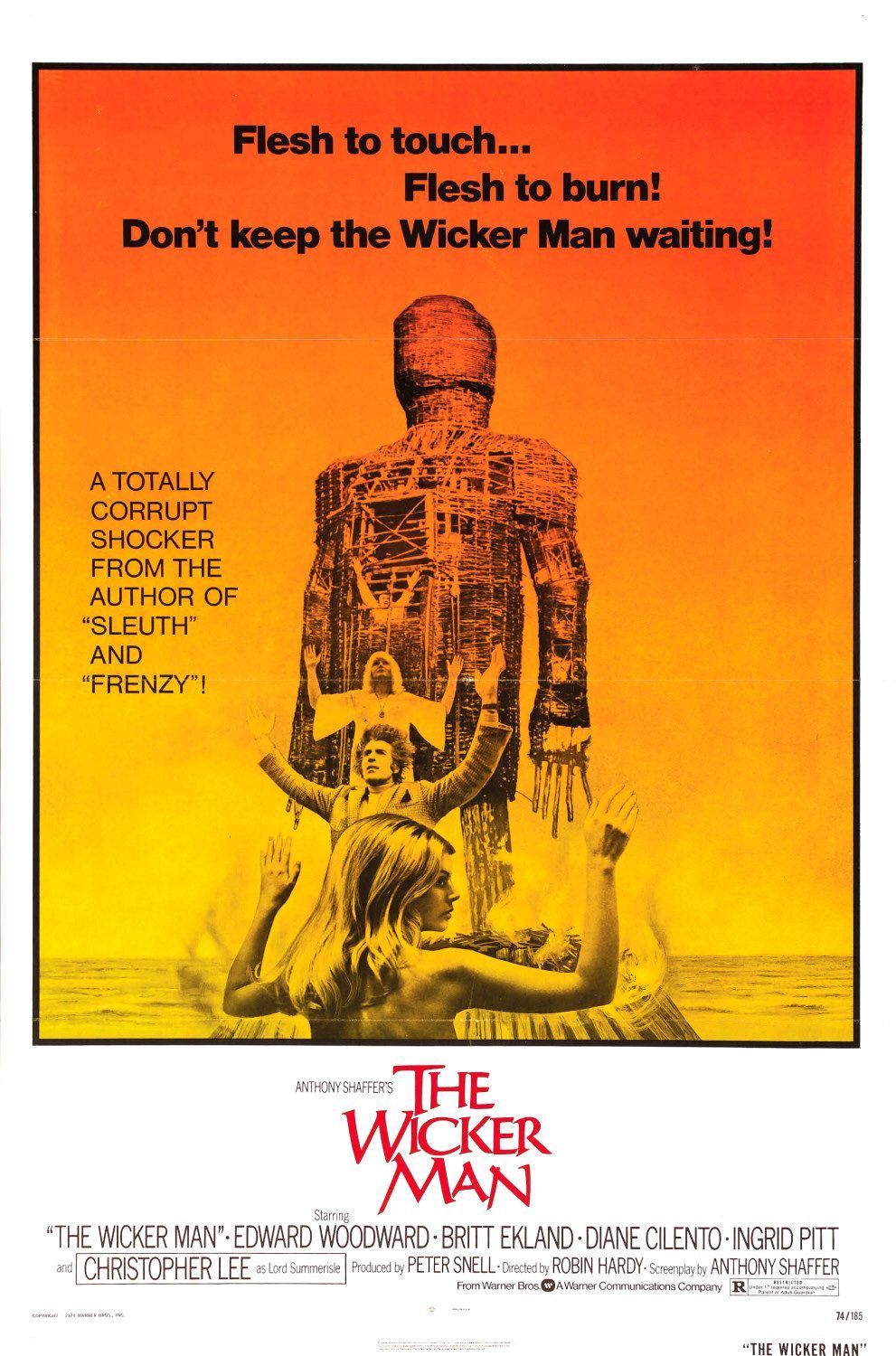
The Wicker Man
- Release Date
-
December 6, 1973
- Runtime
-
88 minutes
- Director
-
Robin Hardy
9
‘Suspiria’ (1977)
Directed by Dario Argento
Dario Argento‘s Suspiria is a work of art, though Argento himself is a shocking filmmaker in many ways. The Italian master of horror and giallo, Argento made plenty of slasher and horror movies that could enter the iconic landscape, but Suspiria is one of his best. It’s a movie about female rage, woven with beautiful colors and a powerfully original soundtrack (made by Argento’s friends, the band Goblin). It’s also messy and chaotic, but remains visually inspiring until the end. In terms of it being an essential 1970s horror movie, it helped people focus on European horror a lot more, as well, giving chances to foreign filmmakers.
Suspiria shows an American student, Suzy Banion (Jessica Harper), arriving to a dance academy in Europe, where things seem to be a little weird. When unfortunate events turn to people dying, Suzy finds herself in the claws of a dangerous witch coven. Alongside female rage, the movie also shows themes of matriarchy and generational guilt, which are often best depicted with a predominantly female cast; horror has been shown to be the ideal genre for exploring deep emotional and psychological topics, which may or may not be thanks to Suspiria.
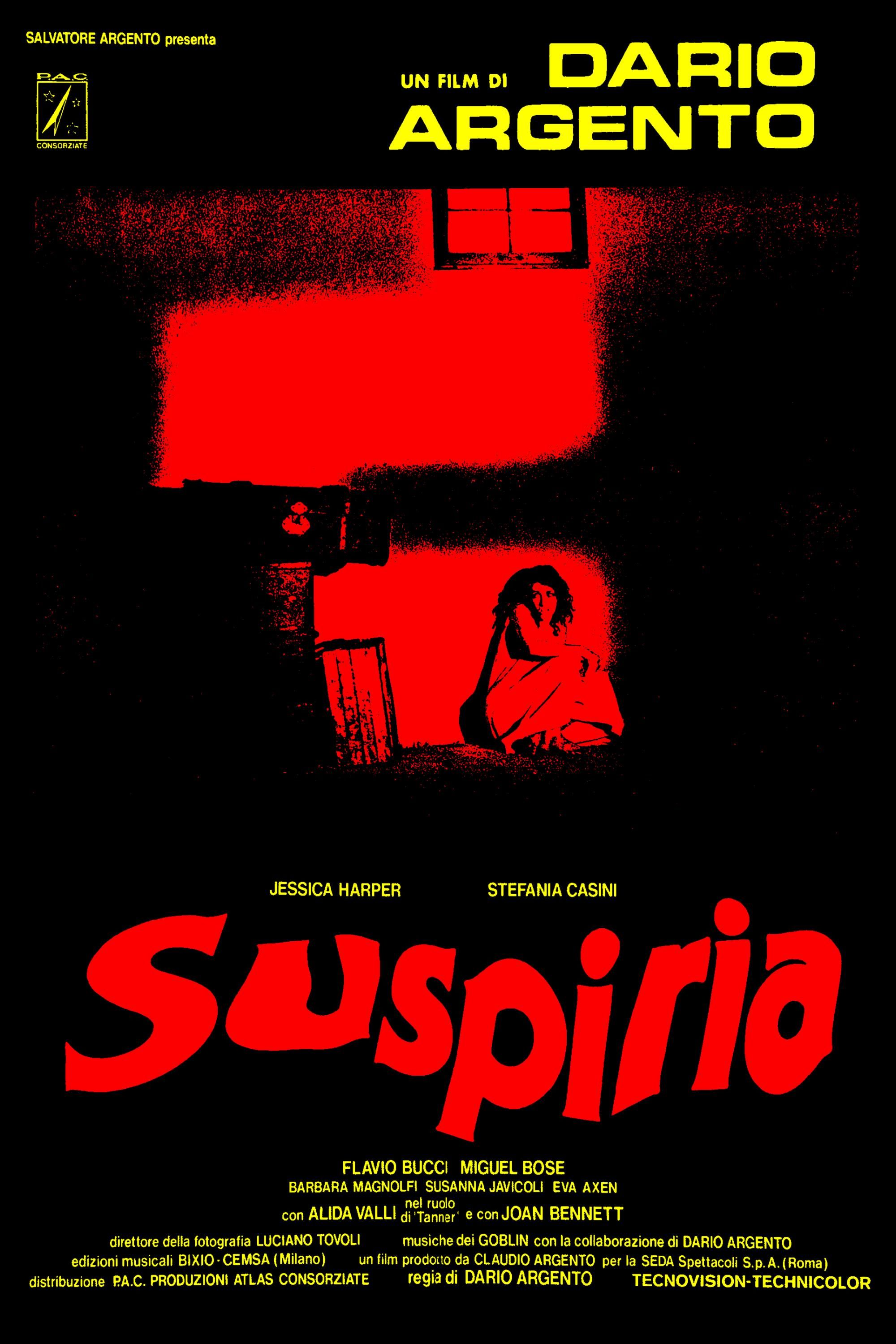
Suspiria
- Release Date
-
August 12, 1977
- Runtime
-
92 Minutes
- Director
-
Dario Argento
-
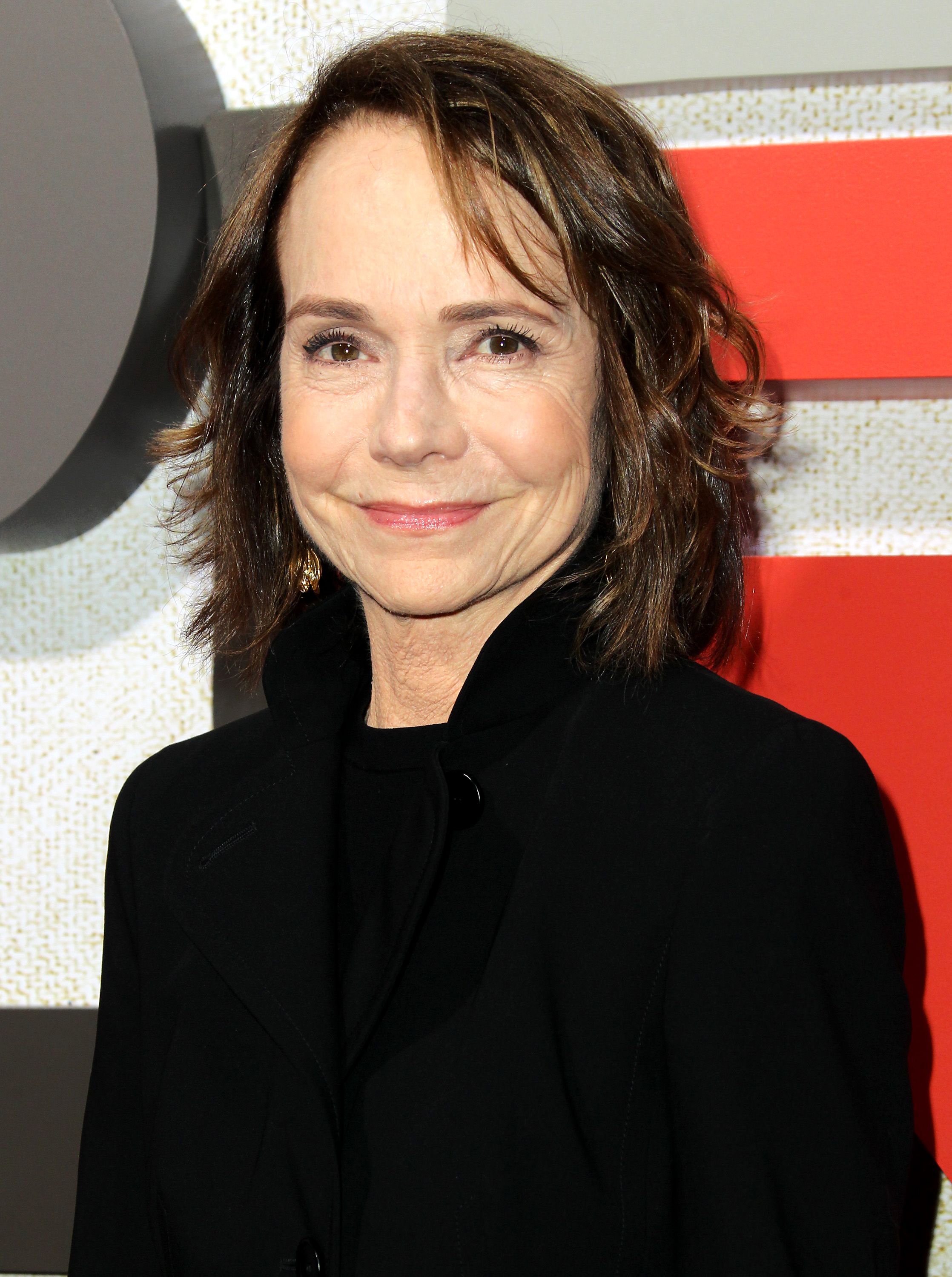
Jessica Harper
Suzy Bannion
-

-

-

8
‘Alien’ (1979)
Directed by Ridley Scott
Ridley Scott‘s Alien was the sort of icing on the cake at the end of potentially the best decade for horror. It was a time when creativity in storytelling got a lot more elaborate, and filmmakers like Scott were given freedom to, basically, make history. Say what you will about Ridley Scott today, but without Alien, cinema wouldn’t be the same, and if we’re to remember him by any movie the most, it should be the one that brought us the coolest female horror protagonist of all time.
Alien follows the crew of the spaceship Nostromo, who are awakened from a stasis by the ship’s computer after picking up a signal from a nearby planet. Among the crew members are warrant officer Ellen Ripley (Sigourney Weaver) and science officer Ash (Ian Holm). After investigating the signal, the crew doesn’t realize they have a non-human stowaway who begins killing them one by one. The aliens in the movie were designed by famous artist H.R. Giger and are often synonymous with sci-fi horror. Alien is one of the perfect 1970s movies that changed the genre for the better.
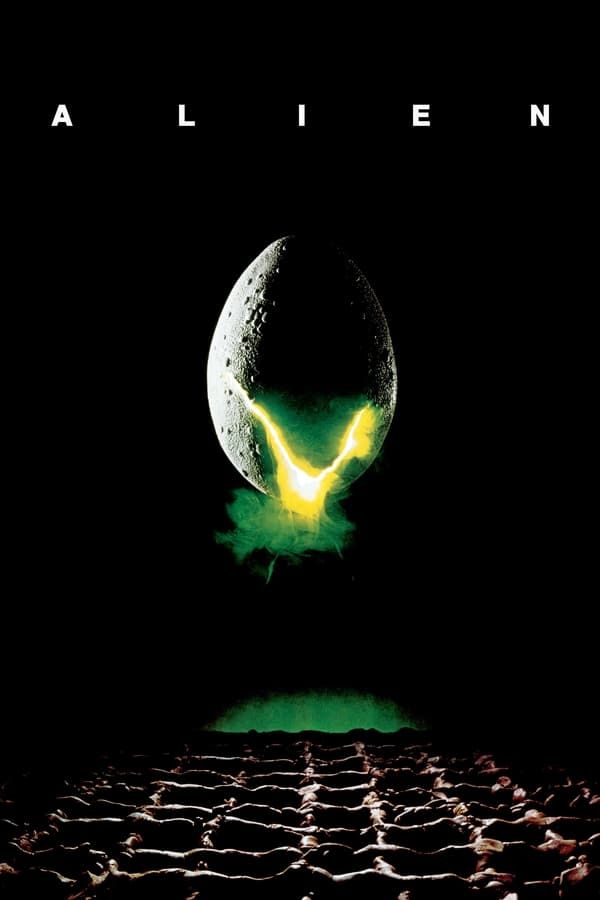
Alien
- Release Date
-
June 22, 1979
- Runtime
-
117 Minutes
7
‘The Omen’ (1976)
Directed by Richard Donner
Horror movies about demons, possessions, and exorcisms have always been present; the fear of the devil may as well be the same as the fear of the unknown, as the spiritual and supernatural can be hard to grasp in real life. When Rosemary’s Baby came out in 1968, the symbolism of her baby being a devilish incarnation combined one very innocent thing – kids – with one thing made up of pure evil; The Omen wasn’t a culmination of that, but it was groundbreaking for the terror it caused when it was first shown in theaters. With The Omen now being a franchise, the movie causes nostalgia much more than fear.
Gregory Peck and Lee Remmick star as American diplomats Robert and Katherine Thorne. Katherine gives birth to their son in Rome, but the baby is said to be stillborn. Robert is convinced by the hospital’s priest to take in an abandoned boy, and Robert does so, naming the boy Damien. As Damien turns five, a lot of things in his surroundings start to become dangerous and ominous; Robert needs to learn about Damien and his real origins. With horror often being snubbed at award shows, The Omen can boast about being one of the first to receive Oscar nominations, with Jerry Goldsmith even winning his for best musical score.

The Omen
- Release Date
-
June 25, 1976
- Runtime
-
111 minutes
- Writers
-
David Seltzer
- Sequel(s)
-
Omen III: The Final Conflict, Damien: Omen 2
6
‘Dawn of the Dead’ (1978)
Directed by George A. Romero
After the zombie-genre-defining horror feature Night of the Living Dead, George A. Romero took the directing baton once more and created Dawn of the Dead, a highly influential movie that inspired future filmmakers in creating their own versions (Edgar Wright has, most notably, listed Dawn of the Dead as a direct inspiration for his horror comedy Shaun of the Dead). Romero teamed up with Dario Argento, who served as an advisor on the script and the production, and created a spiritual sequel to his debut feature.
Dawn of the Dead follows a group of survivors barricaded in a mall, fending off those who were infected with the zombie virus and turned into flesh-eating monsters. Beyond this focus, the story also covers news and radio coverage across the US, making this a sort of larger scale version of Romero’s first film, Night of the Living Dead. With a bigger budget, bigger ideas, and more possibilities in the late 1970s, Romero managed to create a movie worthy of his talents. And though he didn’t really want to be labeled as a horror movie director only, it was tough for him to escape the flattering title of the godfather of the dead.
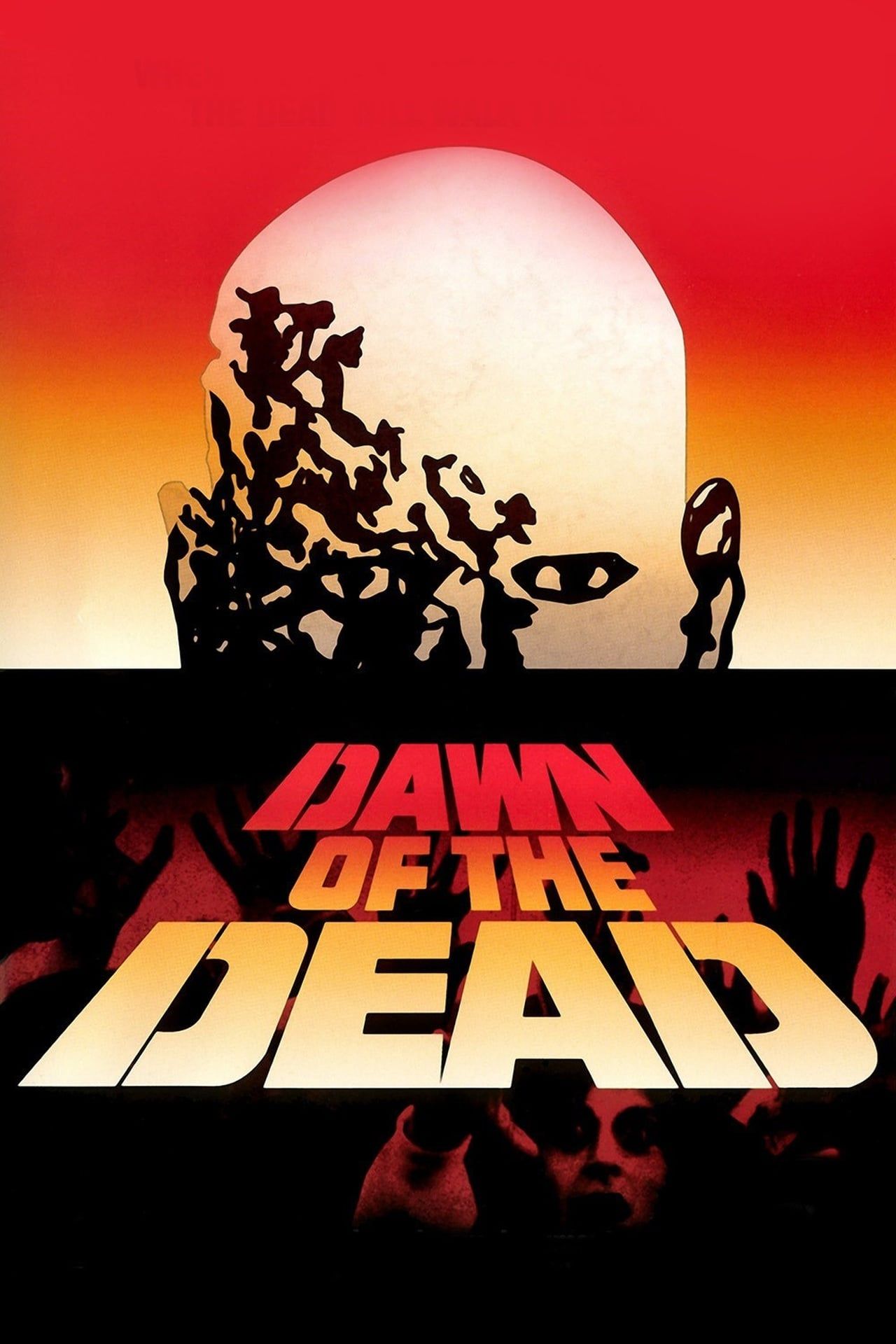
Dawn of the Dead
- Release Date
-
May 24, 1979
- Runtime
-
127 minutes
- Director
-
George Romero
5
‘Halloween’ (1978)
Directed by John Carpenter
Many horror fans consider Jamie Lee Curtis the best final girl in a slasher horror, and that’s actually kind of true. Halloween was her acting debut, and it didn’t just launch her into the Hollywood stratosphere, but it proved she’s an acting force to be reckoned with. Though the killer known as Michael Myers is the main reason for the franchise’s undying popularity, Curtis is its real face and representative. The movie is an independent John Carpenter feature that changed the popularity and adoration for slasher films.
Halloween follows an escaped psychiatric hospital patient, Michael Myers, who returns to his old neighborhood and begins stalking the babysitter Laurie Strode (Jamie Lee Curtis) and her friends. The movie was praised for Carpenter’s innovative and creative camerawork, such as using Myers’ POV to depict certain situations, as well as frame compositions and creating an atmosphere of fear. Many elements have successfully come together in making Halloween, and it’s one of those movies that are just perfect.
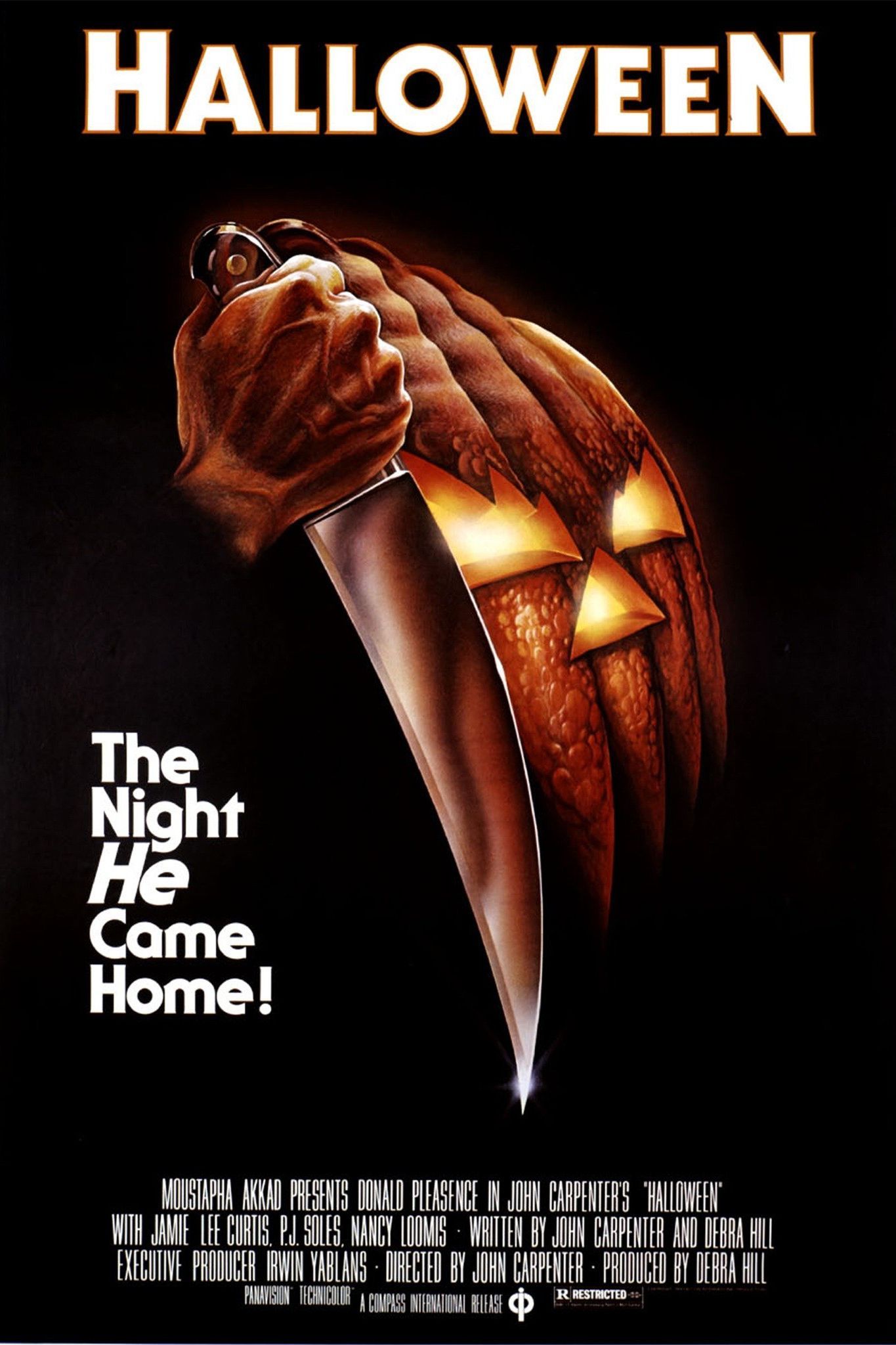
Halloween
- Release Date
-
October 27, 1978
- Runtime
-
91 Minutes
4
‘Jaws’ (1975)
Directed by Steven Spielberg
With Jaws being the movie that ruined sharks, the ocean, and the summer of 1975, it’s hard not to put it on the list of essential horror movies of the 1970s. Though Steven Spielberg‘s horror movies have a sort of fantasy feel to them (perhaps because of his signature filming style), Jaws nevertheless caused terror in people. The story follows Martin Brody (Roy Scheider), police chief of a small coastal town in New England, who starts chasing a shark that kills and terrorizes its residents.
Jaws was a lot of firsts for horror, and cinema itself. It was the first movie to get a summer release date, which was unusual at the time; it’s one of the first features to use the idea of an ominous presence to cause fear in viewers (though this wasn’t initially intentional); it also seemingly started a trend of blockbusters, the first for Spielberg out of so many later on. For him, personally, Jaws was the movie he believed would put him on the studios’ naughty list because of how much delay there was in filming. The impact of Jaws, clearly, goes beyond horror, but it’s a precious contribution to the genre.
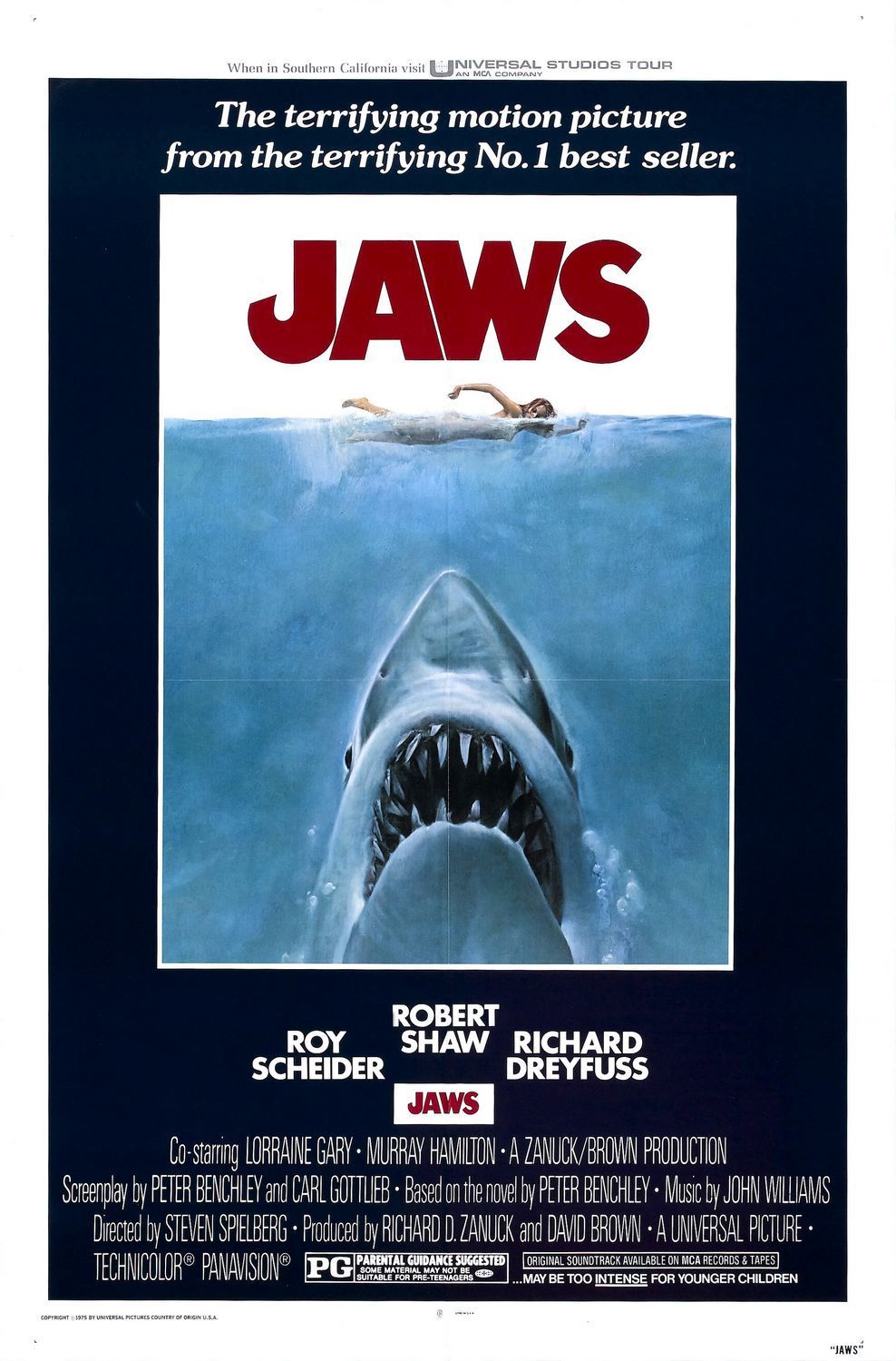
Jaws
- Release Date
-
June 18, 1975
- Runtime
-
124 minutes
3
‘The Texas Chain Saw Massacre’ (1974)
Directed by Tobe Hooper
Tobe Hooper has directed numerous horror movies, but he’ll probably remain the most famous for The Texas Chain Saw Massacre, a movie that moved boundaries when it came to slasher movies with a heavy psychological toll. It’s more than just a final girl slasher movie; it’s an essential genre feature that brought out a franchise and numerous imitations over time. Despite some commendable efforts, nothing will ever replicate the ominous and terrifying atmosphere of the original, no matter how many sequels, prequels, and remakes are made.
The Texas Chain Saw Massacre follows a group of friends driving through the countryside to visit the old Hardesty estate. Among them is Sally Hardesty, the movie’s protagonist. Along the way, they pick up a hiker that causes a commotion, and after kicking him out, the group starts experiencing scary and unexpected events. The killer of the movie is called Leatherface, and is one of the biggest slasher icons, right next to Ghostface and Mike Myers. Over time, as the appreciation for horror as a relevant genre grew, The Texas Chain Saw Massacre became one of the movies preserved by the national registry for its “cultural, historic or aesthetic importance.”
2
‘Black Christmas’ (1973)
Directed by Bob Clark
The Canadian B-movie Black Christmas is a sort of silent assassin when it comes to its impact on horror. While it’s not on the same level as Halloween or The Texas Chain Saw Massacre in terms of being commercially successful, it’s more than iconic and representative of the beauty of 1970s horror. Black Christmas is an eerie story about a sorority celebrating Christmas in their shared house and getting killed off one by one without explanation. The movie evokes fear, paranoia, and desperation because of its filming and editing style.
Black Christmas was initially received poorly, but fortunately for its creators, it got re-evaluated later on, garnering newfound attention and appreciation. It’s said to have inspired John Carpenter and his Halloween movies, so anyone that’s watched Mike Myers slash away might first want to take a peek at Black Christmas. To many people, this is the original slasher movie with a final girl/scream queen premise, so it could be said that horror owes a lot to a small movie from Canada.
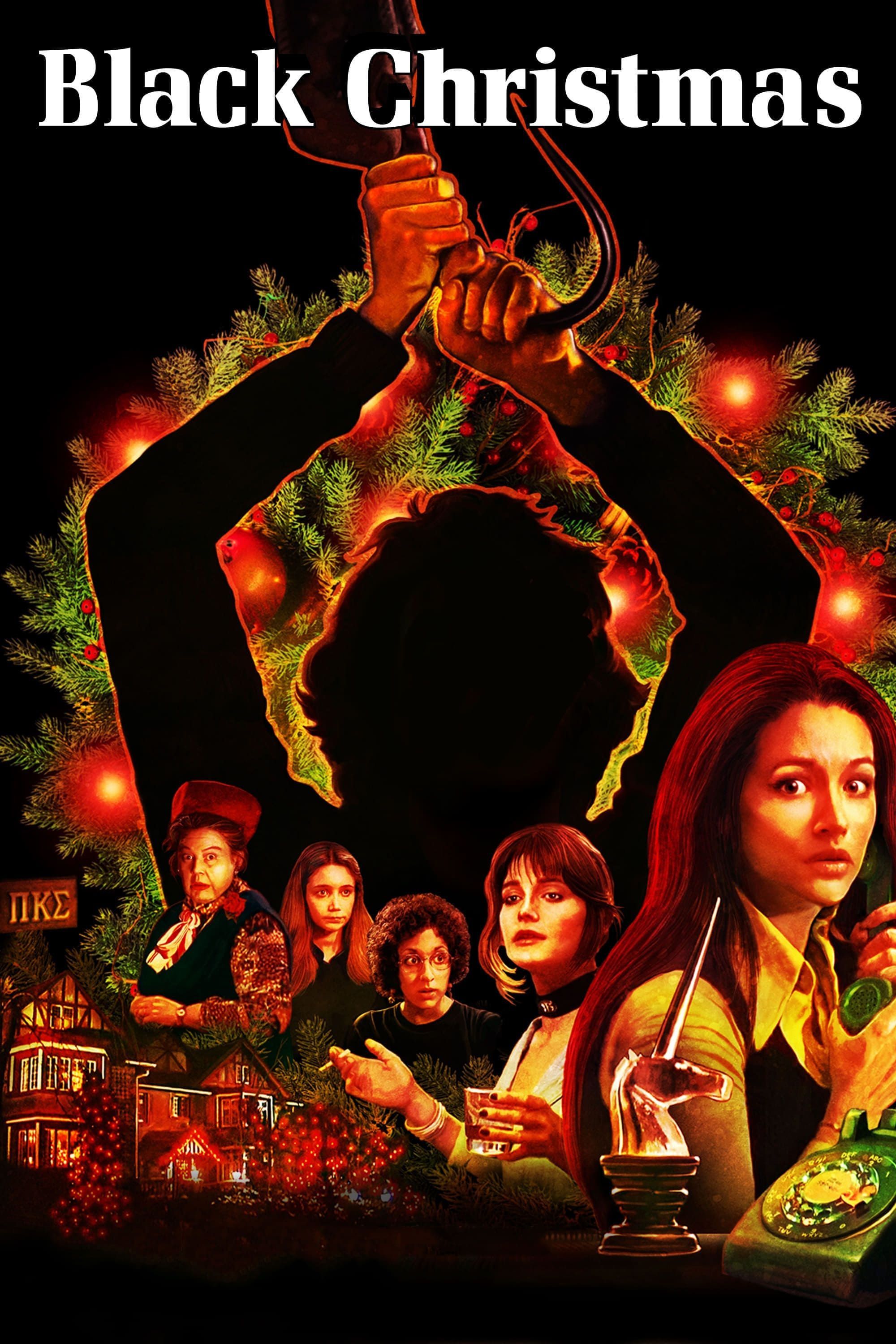
Black Christmas
- Release Date
-
December 20, 1974
- Runtime
-
98 Minutes
- Director
-
Bob Clark
1
‘The Exorcist’ (1973)
Directed by William Friedkin
The Exorcist is surely the most iconic horror movie from the 1970s; the feature echoes through the decades and is still fascinatedly researched, analyzed, and even imitated. From numerous copies to loopy parodies, The Exorcist impacted cinema on a general level. William Friedkin directed the movie based on the novel of the same name by William Peter Blatty, who also wrote the screenplay for the movie. It follows the young girl Regan as she gradually starts behaving strangely and becomes possessed, as well as the struggle of two priests to exorcise the demon out of her.
Full of practical, bone-chilling effects, The Exorcist was notoriously hard to film; some accounts say that the set was more or less cursed, with people in the cast and crew getting injured and dying. There were also difficulties in hiring the right actors, and William Friedkin wanted such genuine reactions that he scared actors on the set. Overall, the filming process is as interesting as the movie itself, which stands the test of time and is often considered a masterpiece of cinema. It most certainly is the most important movie in horror history, and the rest can be revised by personal taste.
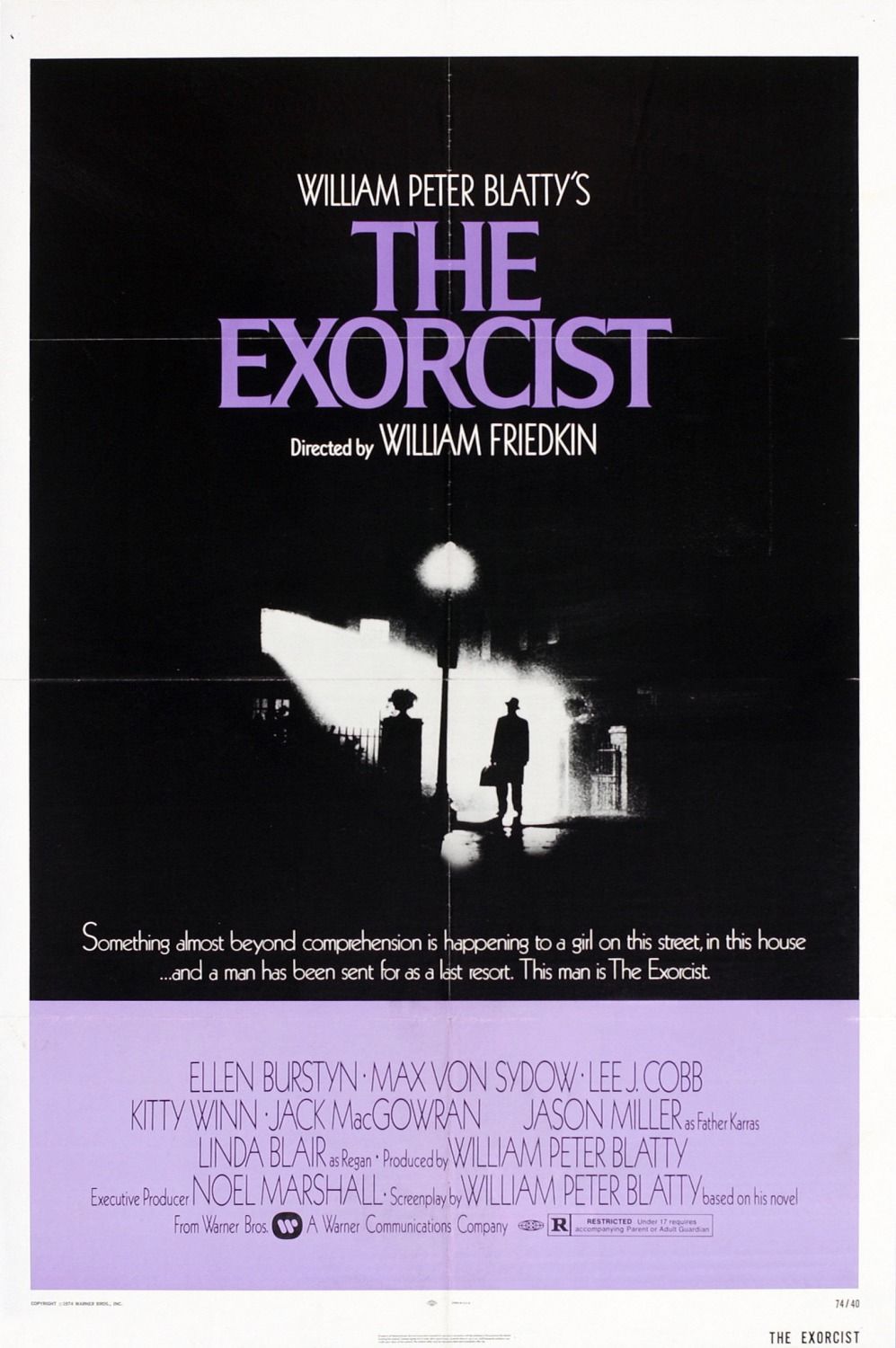
The Exorcist
- Release Date
-
December 26, 1973
- Runtime
-
122 minutes




